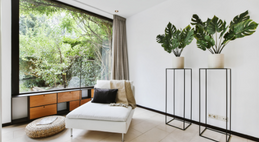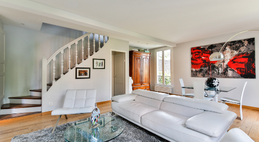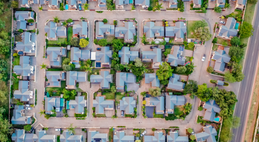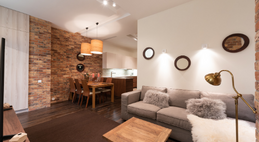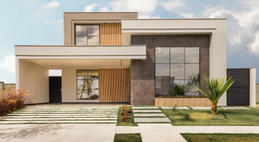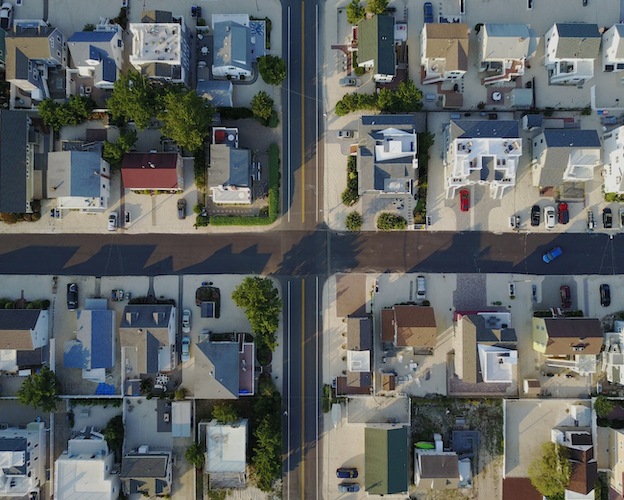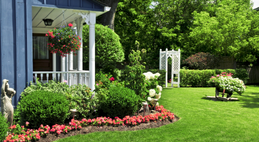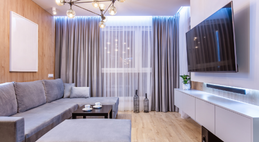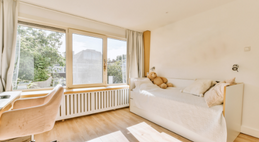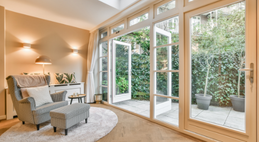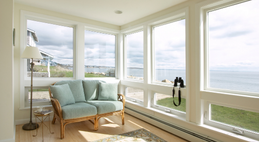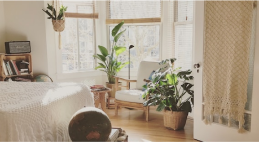In particular we focus on getting the loan structure right the first time, choosing which lenders to use in the right order (yes this is important) and finally getting our clients the best deal possible.
Air BnB be and increased rental yield
In recent years, there has been a rise in property owners giving up traditional tenants in favour of using short term and holiday rental services such as Air BnB and Stayz. If the location is right short-term rentals can provide a significantly higher overall rental yield than traditional long term 6 or 12 months rentals. news.com reports that a three-bedroom house in Sydney could be paid off in just under 7 years using short term rentals as compared to more than 26 years with a traditional tenancy.
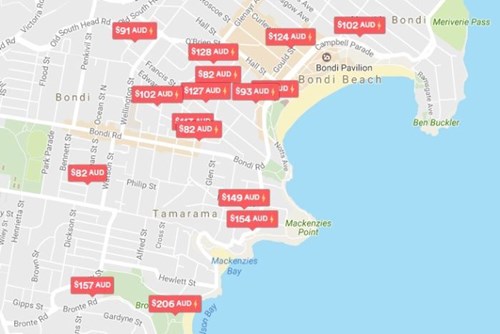
In the past lenders have been reluctant to accept income from short stay rentals. Users of AirBnB or Stayz have generally struggled to get lenders to accept this income. Lenders have tended to look at these properties and their income generating capability as higher risk than normal properties. It is true that they with have larger overhead running costs and can have more unstable income flows (think beach holiday properties). As this type of short stay rental becomes more common lenders are now beginning to accept this income on the proviso that there is a track record of rental income received over at least a 12-month period. With traditional rental properties lenders will generally accept 80% of the gross income received for servicing a loan while with AirBnB properties / holiday let properties in general they will usually accept 60%. This is to reflect the increased running costs (cleaning etc) and variable nature of the income.
Property owners would need to provide at least 1-year history of income, this can be in the form of their latest tax return or an AirBnB report. If looking to purchase a property unfortunately you would have to rely on the lower long-term rental potential.
While only talking 60% of the gross rental income may seem overly cautious, investors can still bring in a higher assessable income for servicing their existing loans this way. More importantly it can provide a much higher return which can help make a property or portfolio cash flow positive rather than negative.
For example
If you had a unit in a beach side location in Sydney (easy walk to beach or harbour views etc) valued at around $1,200,000 you could expect to bring in around $850 a week with a traditional long-term rental. If you were to let the property using a holiday rental service site like Airbnb it wouldn’t be outargues to bring in up to $1500 a week on average over a 12-month period.
Traditional: $850 x 52 = $44,200 pa = 3.68% gross rental yield.
Short term: $1500 x 52 = $78,000 pa = 6.50% gross rental yield.
Allowing for higher running costs using the property for short term rentals the income difference is still compelling. From a lending point of view the 60% shading still offers much higher assessable income as well.
This strategy relies on the location of the property and its proximity to beaches, shops and public transport. But if you’re willing to put the time and work in it can be the key to paying off your investment property much sooner. You would of course also need to check with the local council and the buildings strata rules as to what is allowed.

Recent Posts
- Is now the time to access equity? APRA changes coming + Interest rate outlook
- Government Guarantee Scheme – an update on the changes from 1st October 2025
- Limited Deposit and don’t qualify for the government guarantee scheme? Up to 100% LVR loans available
- Government grants and schemes - to help you into the market
- Is Darwin property about to go Boom?
- Comparing interest rates (Western Democracies)
- Stage 3 Tax cuts - how will it effect your borrowing capacity?
- Property Share Loan Structure
- SMSF Property Investing & Lending - Back on the agenda
- Could the next move in interest rates be down?



